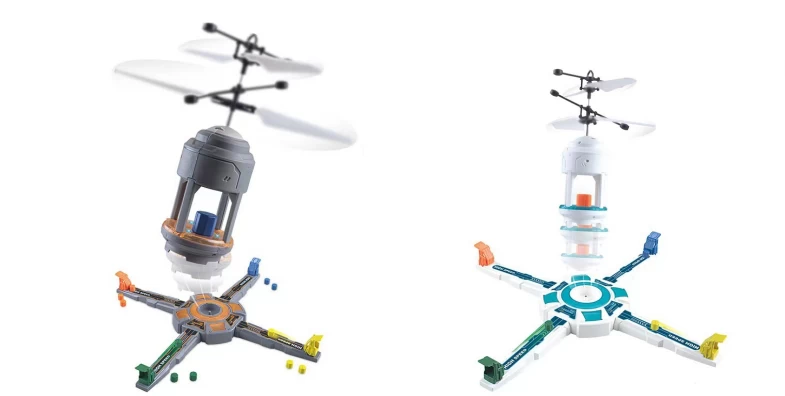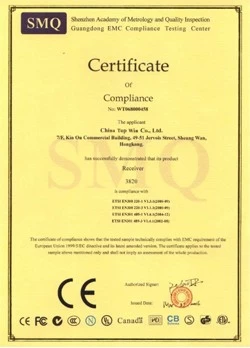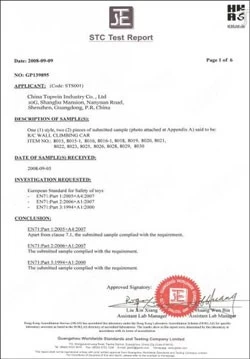China successfully launches pulsar satellite
Joey
2016-11-17 10:26:40
China successfully launched the world's first X-ray pulsar navigation satellite on Thursday
morning, bringing a more precise deep-space GPS system one step closer to reality.
The X-ray pulsar navigation satellite, or XPNAV-1, was launched at the Jiuquan satellite
The X-ray pulsar navigation satellite, or XPNAV-1, was launched at the Jiuquan satellite
launch center in northwest China.
After entering orbit, the satellite will conduct experiments on X-ray pulsar navigation.
After entering orbit, the satellite will conduct experiments on X-ray pulsar navigation.
This is a technique that uses periodic X-ray signals emitted from pulsars to determine
the location of a spacecraft in deep space.
The satellite, developed by China Aerospace Science and Technology Corporation
The satellite, developed by China Aerospace Science and Technology Corporation
(CASC) Fifth Academy, weighs more than 200 kilograms and carries two detectors.
In its mission, the satellite will test the detectors' functions in responding to the
In its mission, the satellite will test the detectors' functions in responding to the
background noise of the universe, outline pulsar contours, and create a database
for pulsar navigation, according to CASC Fifth Academy.
“The successful launch is just the first step. It still takes two months or so for us to
“The successful launch is just the first step. It still takes two months or so for us to
test its functionality,” said Xue Lijun, chief scientist behind the research of XPNAV-1
satellite.











